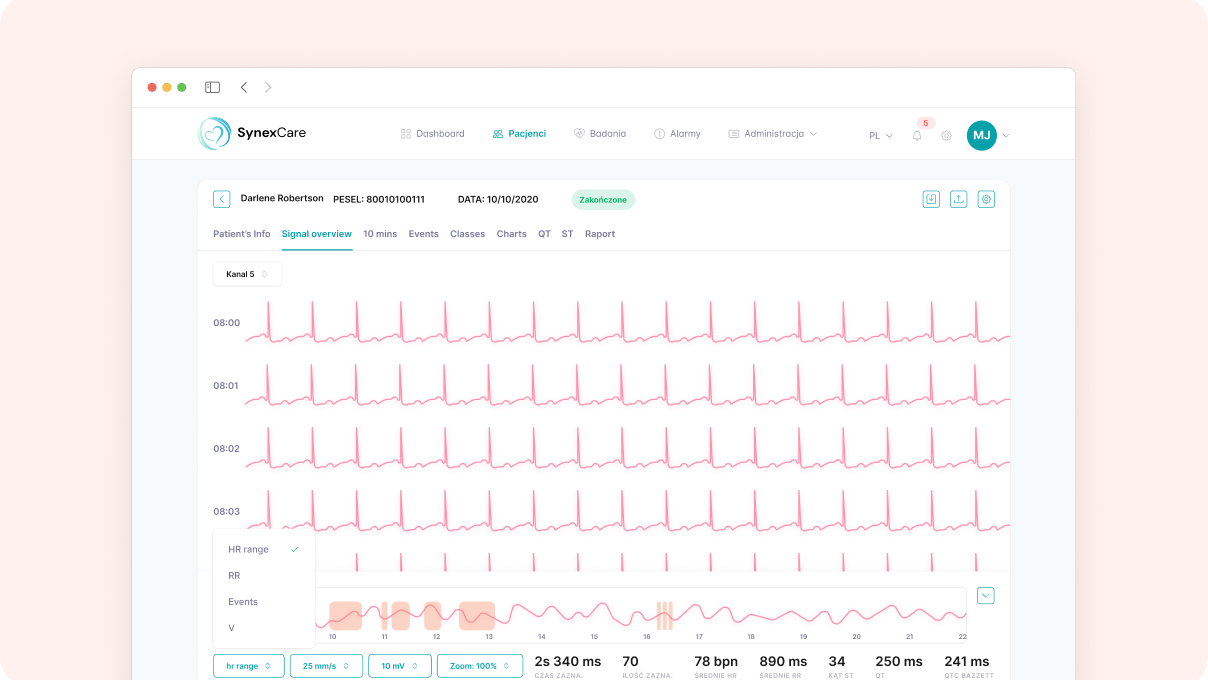Overview
NEC, as a technology company, found a way to monitor the wear and tear of parts in airplanes. Scientists created a learning algorithm to analyze data from sensors. There was so much data that it required the creation of an entirely separate ecosystem for analysis
Role & Duration
Lead UI/UX Designer, Visual design, Prototyping
Jan 2019 - March 2020
Jan 2019 - March 2020
Target and challenge
The biggest challenge was understanding how scientists think in the context of data collection. To understand this process, I participated in workshops on big data for three months. How models are created, trained, and validated. Every stage of data delivery to ARK had to allow for the creation of a model that, in the future, could determine whether there would be a fault in an aircraft part.
After about two months of workshops and gathering requirements, prototypes were created which, after testing, got the green light to prepare final graphic views
Solution
A CMS scalable for high resolutions was prepared. Navigation was minimized to ensure that the center of the screen was filled with data. Modularity and consistent navigation allowed for rapid development of additional important modules in the application. Additionally, the interface was designed to support the Japanese language
A complete design system was prepared, which allowed for the addition of new components to the developing software in a consistent and flexible manner.
Results
After many tests, we managed to meet the requirements of all stakeholders. This allowed us to actually create ready-made models and export them for further processing. For many people, it was their first experience with such a data processing system, which just proves that there's always room to improve such things. For me personally, it was a challenging project, and understanding the subject matter took my collaboration with scientists to a new level of knowledge.

